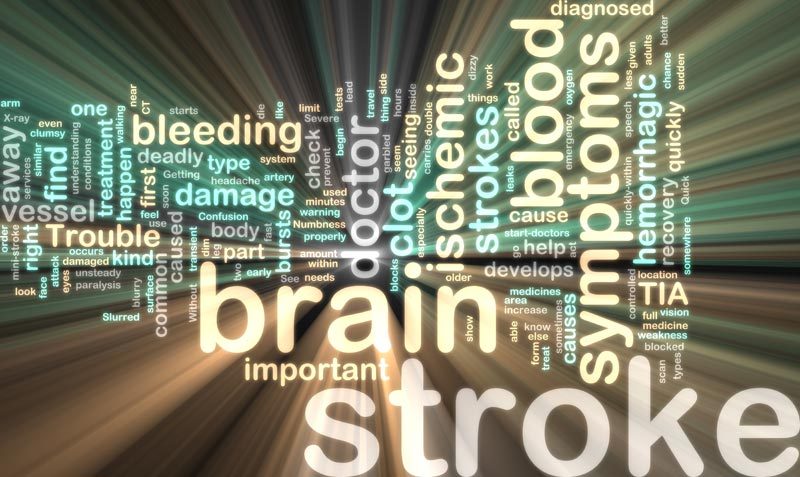The Basics of Stroke Symptoms
From Jose Vega M.D., Ph.D.
Stroke symptoms usually come on suddenly, and should always be treated as a medical emergency.
They include a sudden onset of any of the following:
- Weakness of the face, arm, and/or leg on one side of body
- Numbness in the face, arm, and/or leg one side of body
- Inability to understand spoken language
- Inability to speak
- Inability to write
- Vertigo and/or gait imbalance
- Double vision
- An unusually severe headache
Why do stroke symptoms start so suddenly?
The symptoms of stroke begin suddenly because they are caused by an abrupt interruption of blood flow to an area of the brain. When this happens it only takes a few seconds for that part of the brain to stop functioning.
Do all strokes cause headaches?
Only a small proportion of strokes produce headache symptoms. However, the sudden onset of a severe headache makes doctors suspect that there is bleeding inside the brain. Because of the high risk of death in these cases, people who come into the emergency room complaining of severe headache are rapidly screened for the presence of blood in the brain.
Are the symptoms of stroke permanent?
Whether or not the symptoms of a stroke will be permanent depends the how long the affected part of the brain remains without blood flow. While brief events of poor blood flow, or ischemia, lead to a complete recovery, longer events can leave permanent deficits.
What determines how severe the symptoms of a stroke will be?
The severity of stroke symptoms varies depending on the part of the brain that is affected. For instance, strokes that affect areas of the brain which have minimal importance in day to day brain activity typically produce mild or unnoticeable symptoms. By contrast, strokes that affect areas of the brain which have maximal importance in day to day brain activity cause the most debilitating and noticeable symptoms.
For instance strokes affecting one of the smell areas of the brain rarely cause identifiable symptoms. By contrast strokes affecting one of the speech areas of the brain nearly always do.
Why do strokes usually affect only one side of the body?
For the most part, the left side of the brain controls the right side of the body while the right side of the brain controls the left side of the body. When a blood vessel that carries blood to a given part of the brain is blocked, only the side of the brain where the blood vessel is located is affected. This causes symptoms in the opposite side of the body.
I think I am having a stroke, what should I do?
You should call 911 immediately. The earlier you get to the emergency room the greater the chances are that you will receive a treatment which can minimize and even reverse the long-term consequences of the stroke. After you call the ambulance get ready to answer the following questions, which will help doctors select the best treatment:
- What time did your symptoms start?
- What is your complete medical history?
- Have you ever had a stroke? Have you ever had bleeding inside of your brain?
- Do you have any metal inside your body? (this is important in order to decide whether your head can be imaged using magnetic resonance imaging (MRI) as the MRI machine has a powerful magnet. Common metal items inside the body of people include pacemakers, joint prostheses, dental work, and even bullet fragments)
- What medications and supplements do you take on a regular basis?
- Do you suffer from a bleeding disorder?



